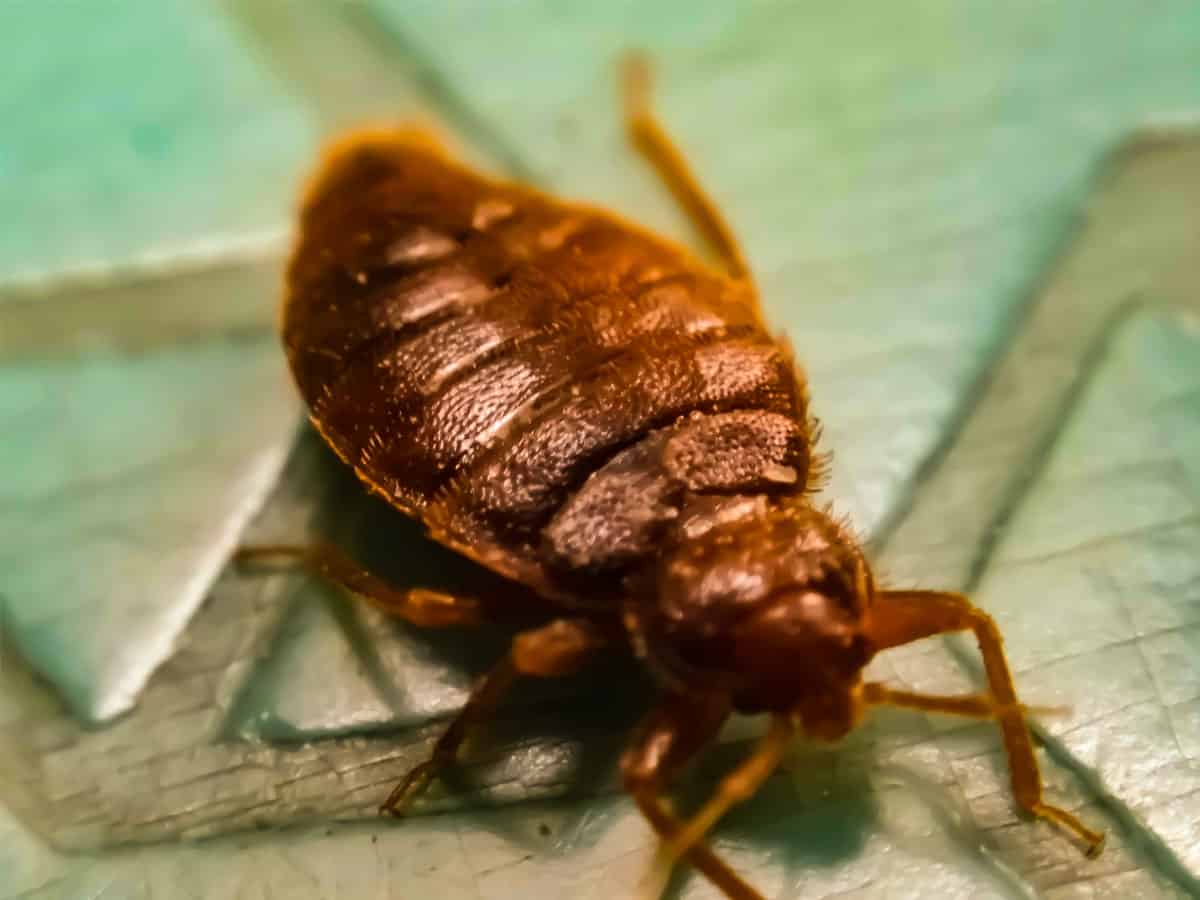Bed Bug Treatment Methods Demystified: Your Ultimate Resource
Bed Bug Treatment Methods Demystified: Your Ultimate Resource
Blog Article
Discover the most effective Bed Insect Therapy Methods for Your Parasite Control Strategy
When encountered with a bed insect problem, identifying the most effective therapy methods ends up being essential for successful pest control. Selecting the best bed insect therapy method customized to your particular scenario is necessary for attaining long-term outcomes.
Identifying Bed Pest Invasions
Recognizing signs of a bed pest problem can be important in effectively resolving the concern and avoiding additional spread in a timely fashion (Bed bug treatment). Bed insects are elusive bugs that conceal during the day and come out at evening to feed upon blood. Usual indications of a bed bug infestation include reddish-brown stains on bedding or furniture from smashed insects, little dark places that are bed pest waste matter, dropped skins in locations where bed bugs conceal, and a wonderful, musty smell in severe problems
Motivate recognition of a bed bug invasion is essential to avoid the situation from rising and needing a lot more considerable treatment methods. If you presume a bed bug problem, it is advisable to seek expert bug control assistance to successfully get rid of the parasites from your home.
Non-Chemical Treatment Methods
Non-chemical therapy techniques provide reliable options for dealing with bed pest invasions without relying on traditional pesticides. Heat therapy is one such approach that includes elevating the temperature level in plagued locations to degrees that are dangerous to bed insects. In addition, vapor therapy can be utilized to eliminate bed bugs and their eggs by exposing them to high temperatures, making it a valuable non-chemical alternative for combating problems.
Chemical Treatment Options
Having discovered effective non-chemical methods for resolving bed bug invasions, it is necessary to take into consideration the effectiveness of chemical treatment options in combating these resistant insects. Chemical therapies play an essential function in bed bug control, especially in serious infestations where non-chemical techniques might not provide enough relief. There are different sorts of chemical therapies offered for taking care of bed bugs, including insecticides, desiccants, and insect growth regulators.
Insecticides are commonly made use of to kill bed insects on get in touch with and offer recurring protection versus future problems (Bed bug treatment). Desiccants function by damaging the external waxy layer of bed pests, bring about dehydration and fatality. Insect development regulators disrupt the bed pest life cycle by hindering their growth from fairies to grownups, inevitably decreasing the population with time
When considering chemical treatment options, it is important to prioritize security by complying with tag directions, using ideal protective equipment, and thinking about the prospective risks to people and pets. Consulting with an expert parasite control solution can help identify one of the most efficient and safe chemical therapy for your specific bed bug infestation.
Integrated Parasite Monitoring Methods

IPM strategies for bed pest control might consist of extensive evaluation to identify the extent of infestation, identification of crucial harborage sites, and application of hygiene measures. Additionally, decreasing clutter, securing splits and gaps, and getting rid of prospective hiding spots can aid discourage bed insects from developing themselves.
Additionally, non-chemical control approaches such as heat treatment, vacuuming, heavy steam cleansing, and using bed bug catches can be effective components of an IPM strategy. These strategies target bed insects at various life phases and interrupt their reproductive cycle, bring about populace decrease.
Normal tracking and follow-up evaluations are vital in IPM to assess the efficiency of control procedures and make required changes. By integrating incorporated pest administration methods right into your parasite control plan, you can achieve long-lasting success in taking care of bed insect invasions.
Professional Elimination Services
Expert elimination services offer specific knowledge and sources for efficiently eradicating bed pest problems. Bed insect problems can be particularly testing to deal with as a result of their resilience and capacity to hide in numerous splits and crevices. Specialist pest control operators are educated advice to determine the indicators of bed insects, situate their hiding spots, and employ targeted treatment techniques to eliminate them effectively.
When selecting an expert elimination service for bed pest control, it is essential to try to find accredited and licensed pest control business with experience in dealing particularly with bed pests. These experts he said have access to an array of therapy alternatives, consisting of chemical and non-chemical techniques, to effectively deal with bed bug infestations while guaranteeing the safety and security of passengers and family pets.
Furthermore, expert exterminators can supply follow-up examinations and treatments as needed to ensure that the problem is fully gotten rid of. Their competence in bed insect actions and therapy protocols can assist avoid future problems, providing comfort for organizations and home owners alike. When confronted with a persistent bed pest infestation, enlisting the solutions of professional pest control specialists is frequently one of the most reliable service to achieve total obliteration.
Conclusion

When encountered with a bed pest infestation, recognizing the most effective treatment approaches becomes vital for effective insect control. Usual signs of a bed bug invasion consist of reddish-brown discolorations on bedding or furnishings from smashed pests, tiny dark spots that are bed bug pop over to these guys excrement, lost skins in areas where bed bugs hide, and a wonderful, mildewy smell in severe invasions.
Having checked out efficient non-chemical approaches for addressing bed insect invasions, it is crucial to consider the efficacy of chemical treatment options in combating these durable bugs. Chemical therapies play an essential role in bed insect control, particularly in extreme problems where non-chemical methods may not provide sufficient alleviation. By incorporating these numerous therapy approaches right into a thorough parasite control strategy, people can effectively eliminate and take care of bed pest infestations in their companies or homes.
Report this page